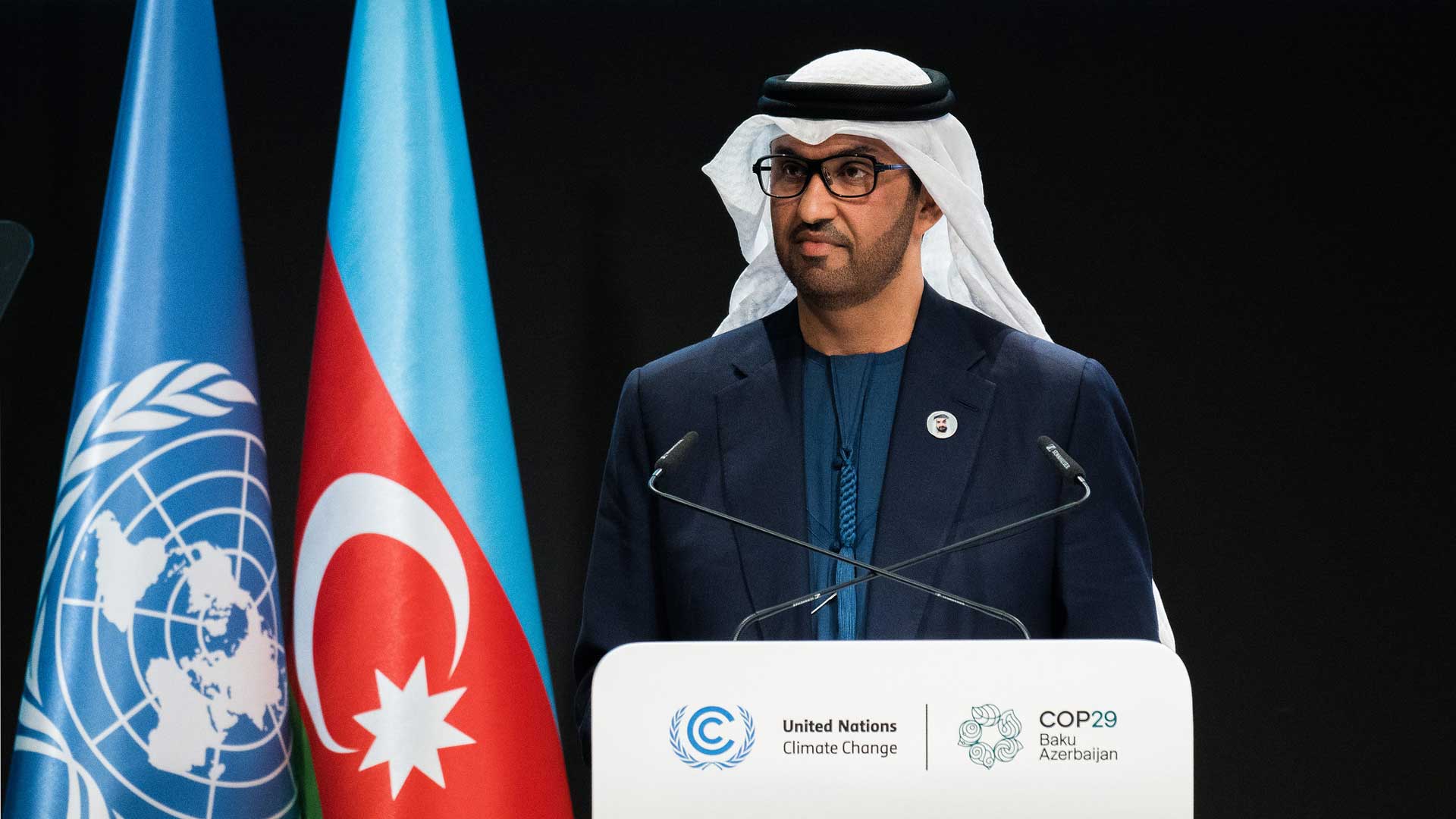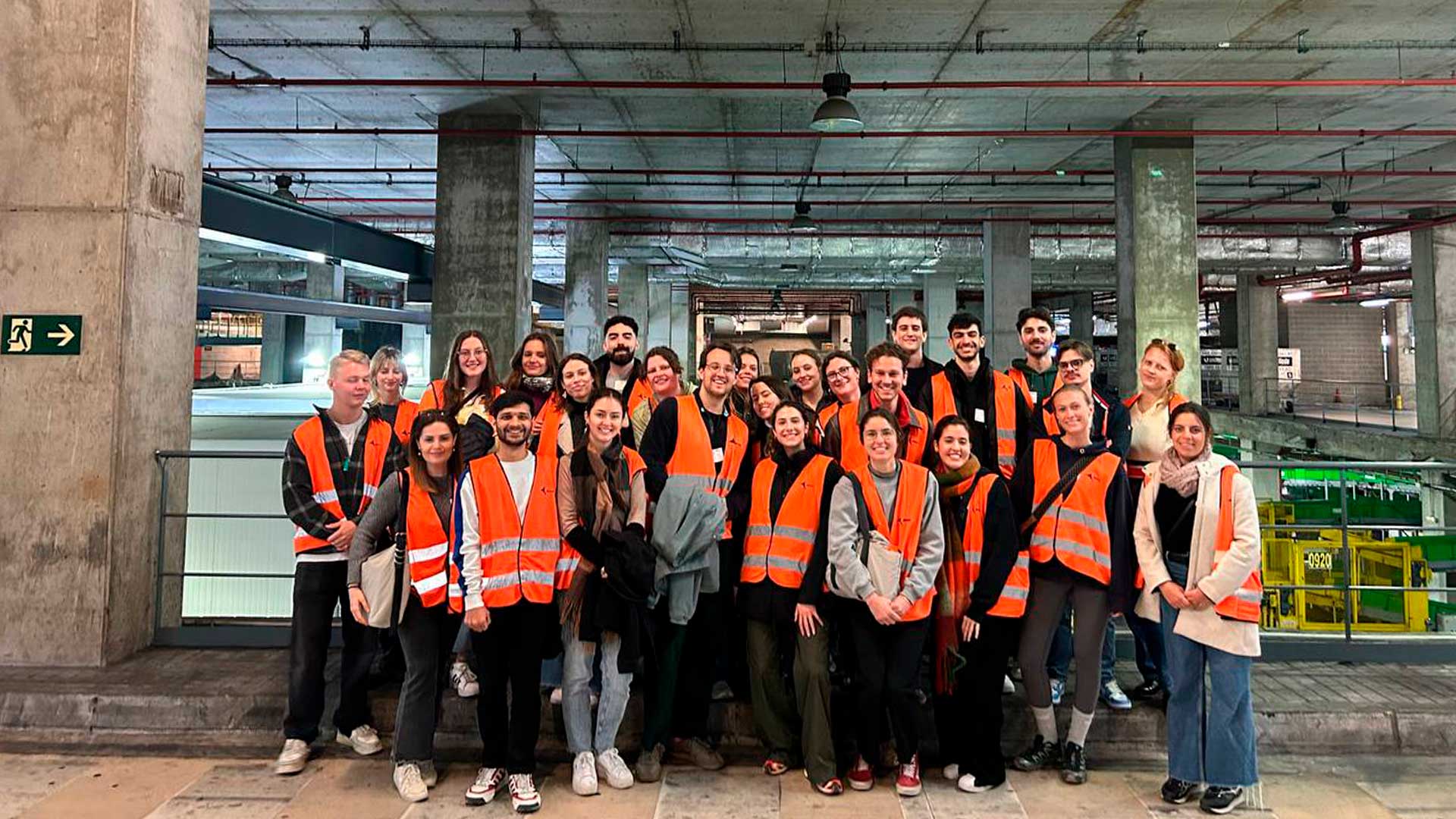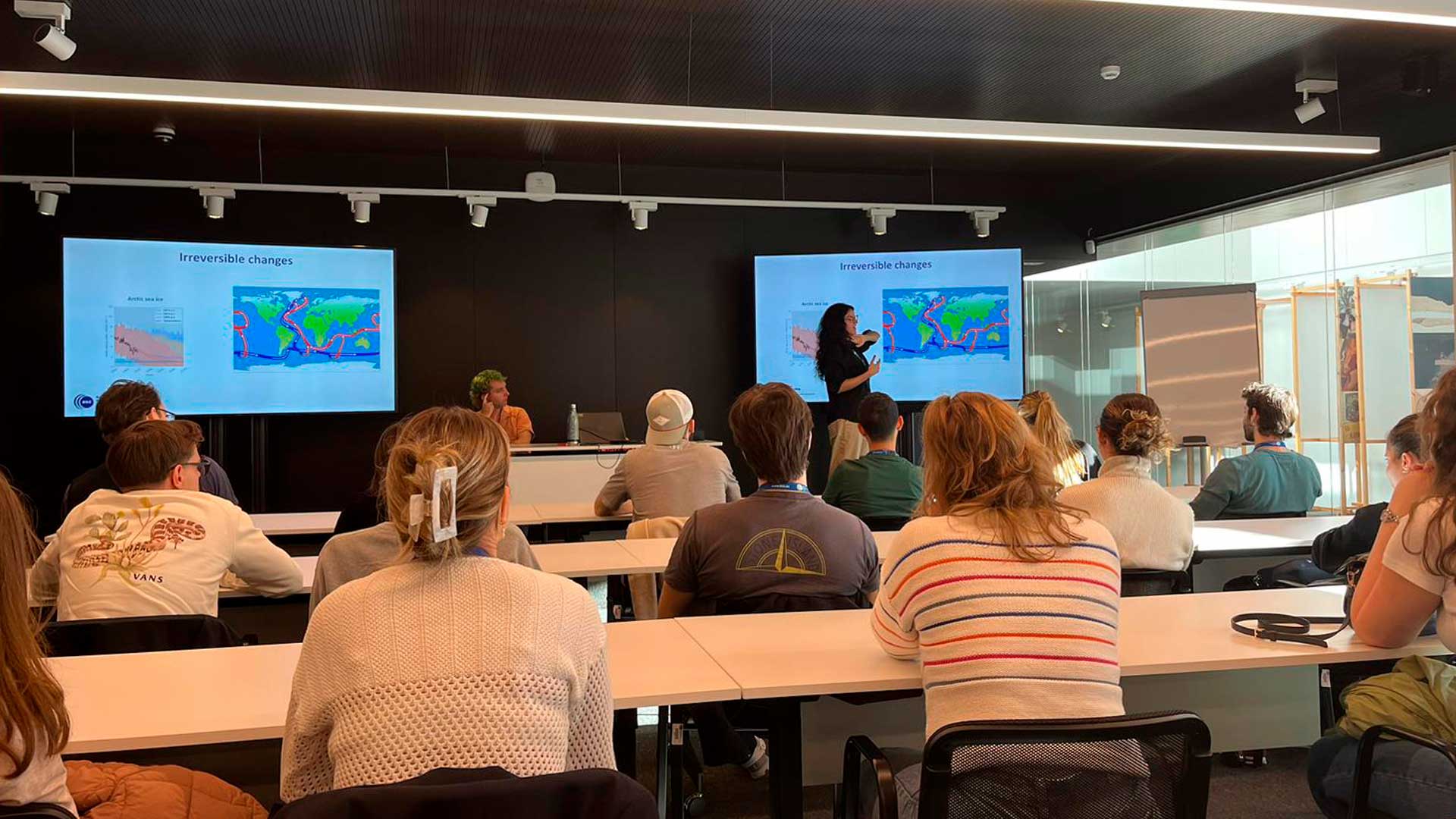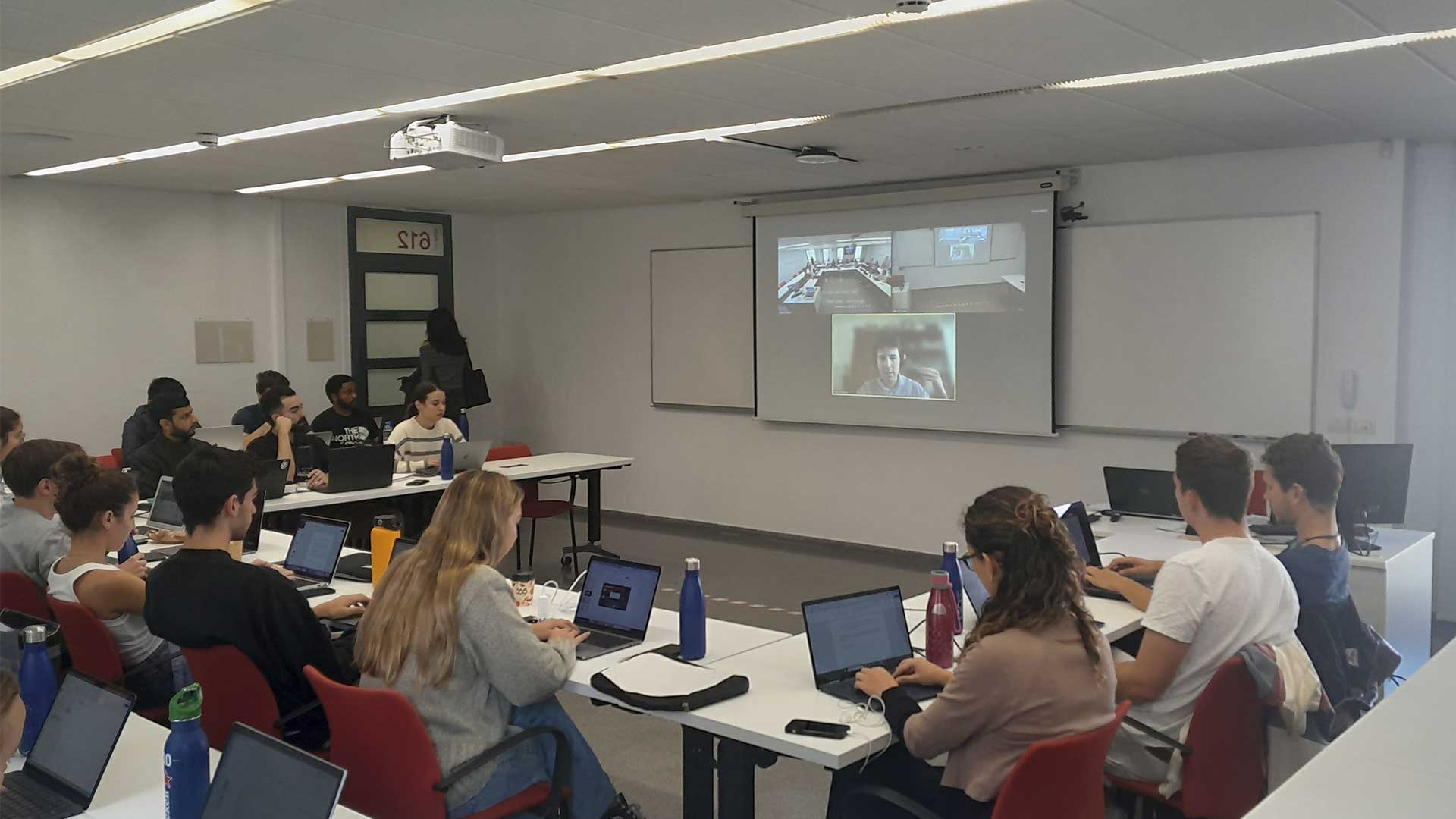Sahar Azarkamand, the UNESCO Chair in Life Cycle and Climate Change at ESCI-UPF researcher, shares the foremost agreements reached at the Conference of the Parties (COP) held in Azerbaijan last week.
COP29, held in Baku, Azerbaijan, between November 11th and 22nd, marked a major milestone in global climate action, particularly in climate finance. After intensive negotiations, nearly 200 countries reached a breakthrough agreement under the New Collective Quantified Goal on Climate Finance (NCQG). Key highlights include:
-
COP29 agreements include tripling annual climate finance for developing countries to USD 300 billion by 2035 and mobilizing USD 1.3 trillion annually from public and private sources by the same year.
-
COP29 saw agreements on carbon markets, overcoming previous deadlocks, enabling countries to implement climate plans more efficiently and cost-effectively while advancing the goal of halving global emissions this decade, alongside progress on transparent climate reporting and adaptation mechanisms.
-
COP29 reinforced previous COP commitments to transition away from fossil fuels, triple renewable energy, and enhance climate resilience. Additionally, the International Energy Agency projects global clean energy investments to exceed USD 2 trillion in 2024, signalling strong momentum in the sector.
Next year, countries must submit updated Nationally Determined Contributions (NDCs), covering all greenhouse gases and sectors, to keep the 1.5°C warming target achievable. Encouragingly, G20 nations like the UK and Brazil have already signalled plans to enhance their climate commitments.
COP29 demonstrated both progress and the pressing need for continued collaboration as the world moves toward critical climate goals.
Another significant milestone achieved at COP29, after nearly a decade of negotiations, was finalising the framework for carbon markets under the Paris Agreement. These agreements establish the operational mechanisms for both country-to-country trading and a centralized UN carbon crediting system, ensuring environmental integrity and promoting equitable benefits.
COP29 established clear rules for nations to authorize and track carbon credit trading with robust registry systems, ensuring environmental integrity through transparent, upfront technical reviews.
The centralized UN Carbon Market, known as the Paris Agreement Crediting Mechanism, facilitates financial flows to developing countries, provides capacity-building support for least developed nations, enforces strict environmental and human rights safeguards –including consent from Indigenous Peoples and accountability through appeals– and is mandated to align with the best available climate science.
The Supervisory Body for the carbon crediting mechanism has been tasked with extensive work through 2025 to operationalise these agreements, ensuring the markets function transparently and effectively.
This progress marks a turning point in leveraging carbon markets to accelerate climate action globally, with significant benefits for both developed and developing nations.
At COP29 in Baku, Azerbaijan, the integration of carbon markets into agrifood systems took centre stage as a crucial strategy to tackle the interconnected challenges of climate change and food security. The discussions emphasized the critical role of agrifood systems—responsible for one-third of global anthropogenic greenhouse gas (GHG) emissions—in advancing net-zero goals.
Another notable advancement is that, for the first time, COP29 included a dedicated Tourism Day featuring the inaugural Ministerial Meeting focused on aligning tourism policies with national climate goals. In Baku, public and private sector leaders acknowledged the significant impact of climate change on tourism and the sector’s contribution to GHG emissions. At the same time, they highlighted tourism’s potential to drive climate adaptation and regeneration efforts.




Leave a message